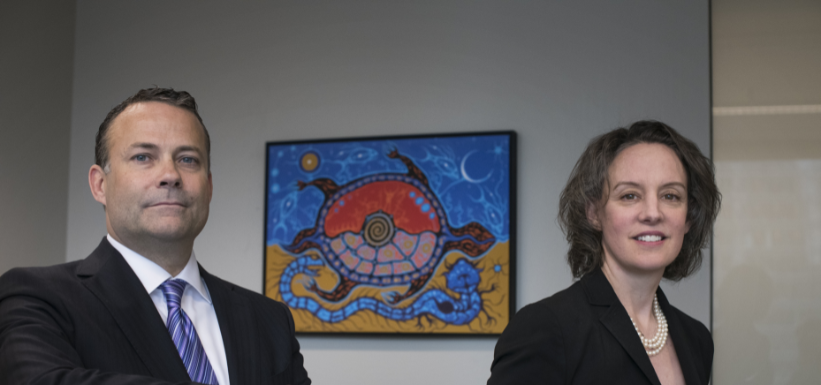
The Sharpe’s Misappropriated $40 million from Investors for Bridging Finance’s Benefit
In September 2018, David and Natasha Sharpe in combination with Andrew Mushore misappropriated approximately $40 million from the Bridging Mid-Market Debt Fund LP (the MM Fund). They used these funds to pay for a purchase of Ninepoint Partners LP’s management interest in Sprott Bridging Income Fund LP, as well as $2 million into the personal bank account of David and Natasha Sharpe which they used for house renovations, cars, and other personal luxury items. David and Natasha Sharpe and Andrew Mushore attempted to hide this by falsely representing that the funds came from a loan from MJardin.
The Sharpes and Mushore have been found to have obstructed an OSC investigation into their alleged misconduct at Bridging Finance. The efforts to conceal their wrongdoing span from misleading statements to the destruction of evidence, all aimed at derailing the investigation and hiding critical facts.
David Sharpe’s Deceptions
David Sharpe’s statements to the staff were riddled with falsehoods. He denied knowledge of key financial arrangements, such as the back-to-back loan structure he forced on borrowers including MJardin and their former CEO Rishi Gautam. Additionally, he fabricated stories about the sources and repayments of certain loans, such as falsely attributing Bridging Finance’s loan repayment to 331 Nova Scotia from the BlackRock Loan proceeds. David Sharpe also misrepresented his relationships with Bridging borrowers and denied receiving secret payments. Furthermore, he concealed significant financial transactions, including the October 2019 Loan, the February 2020 Loan, and a $500,000 payment from Gary Ng.
Natasha Sharpe’s False Statements
Natasha Sharpe similarly misled staff, denying knowledge of various transactions and fabricating explanations for financial movements. She claimed ignorance of how certain loans were funded and denied awareness of substantial transactions involving Gary Ng. Her attempts to conceal the truth extended to drafting misleading documents, such as the 1003 Memo.
Andrew Mushore’s Fabrications
Andrew Mushore also engaged in deception, supporting the false narrative that Bridging Finance had borrowed significant sums from 331 Nova Scotia and approving fraudulent loans. His statements aligned with the misleading information propagated by David and Natasha Sharpe, reinforcing their collective effort to obstruct the investigation.
Email Deletions, Document Alterations, Exclusion, and Destruction of Records
In addition to misleading statements, David and Natasha Sharpe and Andrew Mushore took drastic steps to alter, exclude, and destroy thousands of records that were crucial to the investigation. David Sharpe and Andrew Mushore directed the deletion of over 34,000 emails from Bridging Finance’s records to hide evidence. They also instructed employees to alter loan documents, making it appear that funds were allocated differently than they actually were. For instance, A2A loan documents were altered to hide the true recipient of the funds.
Concealment of Key Transactions
Key transactions, such as the River Cities loan, were deliberately excluded from documents provided to staff. David Sharpe and Andrew Mushore also manipulated policy documents and approval records to create a false narrative about the loan approval process, removing any evidence that could reveal their misconduct.
Intimidation of Witnesses
David Sharpe went a step further by attempting to intimidate potential witnesses. He sent threatening and abusive messages to Bridging Finance borrowers and employees, including Andrew Mushore, who was likely to be interviewed by investigators. These messages contained insults and threats of physical violence, aiming to instill fear and discourage cooperation with the investigation.
The obstruction tactics employed by David and Natasha Sharpe and Andrew Mushore highlight a concerted effort to derail the investigation into their alleged misconduct. Through false statements, alteration and destruction of records, and intimidation, they sought to conceal their actions and avoid accountability.






